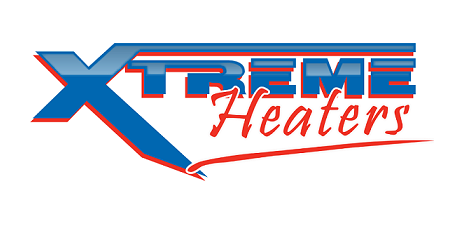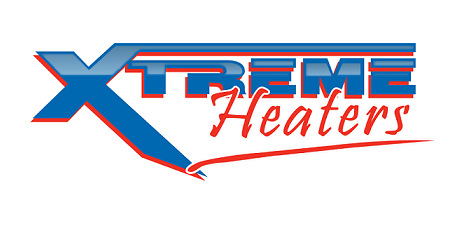How to Use RV Skirting and Heaters for Winter Protection: Keep Your RV Safe from Freezing
How to Use Heaters for Under Skirting Your RV
Winter RVing comes with unique challenges, particularly when it comes to keeping your RV’s underbelly warm and protected. One of the most effective methods to manage this is through the use of underskirting paired with a reliable heating solution like Xtreme Heaters. This combination helps keep your RV’s plumbing, tanks, and other critical systems safe from freezing, even in harsh winter conditions.
The Role of Skirting in Winter RV Protection
Skirting creates an insulating barrier around the base of your RV, trapping warm air beneath the vehicle and reducing the impact of cold external temperatures. Made from materials like vinyl or rigid foam board, RV skirting is designed to prevent cold drafts from reaching the underbelly of your RV, effectively transforming the space into a controlled micro-climate. By blocking wind and minimizing heat loss, skirting significantly reduces the chances of freezing in your RV’s vulnerable areas, such as water lines and tanks.
Skirting is particularly useful in colder climates, providing a first line of defense against the elements. It’s an essential tool for RVers who plan to camp in snowy regions or store their RVs in areas with below-freezing temperatures.

Adding Xtreme Heaters for Optimal Performance
While skirting creates a buffer against the cold, adding a heat source like Xtreme Heaters ensures more consistent warmth in the underbelly. Xtreme Heaters can be placed directly beneath the skirted area, providing targeted heat to the most critical components of your RV, including pipes, tanks, and batteries. These heaters automatically activate when temperatures approach freezing, ensuring that your RV stays protected.
Real-World Performance: Xtreme Heaters
In extreme climates, like Michigan’s harsh winters, Xtreme Heaters paired with RV skirting have proven to be an effective solution. When installed beneath a skirted 5th-wheel RV, the heaters maintained a stable temperature under the RV, preventing the freezing of pipes and tanks even during severe cold spells. This setup provided peace of mind for RVers who needed reliable protection for their vehicles during the winter months. Read more here: https://xtremeheaters.com/blogs/rv-camper/xtreme-heaters-vs-michigan-winter-under-a-skirted-5th-wheel-rv
Choosing the Right Skirting for Your RV
Selecting the appropriate skirting for your RV is key to maximizing its benefits. Here are some common types:
- Vinyl Skirting: Affordable and easy to install, vinyl skirting is flexible and can be tailored to fit your RV’s shape. It’s a popular choice for temporary winter camping.
- Rigid Foam Skirting: More durable and insulative, foam board skirting provides better thermal protection. This is ideal for long-term use or extremely cold environments.
- Inflatable Skirting: This option is easy to set up and remove, using air chambers to create an insulating barrier. It’s a good balance between portability and effectiveness.
Benefits of Using Xtreme Heaters with Skirting
Combining skirting with Xtreme Heaters offers several advantages:
- Enhanced Freeze Protection: The combination prevents freeze damage to water lines, tanks, and other vital systems.
- Energy Efficiency: Skirting traps heat, while the heater provides targeted warmth, minimizing energy consumption.
- Hands-Free Operation: Automatic activation ensures that the heaters work as needed, maintaining optimal temperatures.
- Increased Comfort: Reduces cold drafts entering your RV from below, keeping the interior warmer and more comfortable during winter.
Conclusion: A Complete Winter Protection Strategy
Using Xtreme Heaters in combination with effective RV skirting creates a reliable solution for winter RVing. Skirting provides the first layer of defense, while the heater ensures consistent, targeted warmth. This setup allows RV enthusiasts to venture into colder regions or store their RVs during winter without worrying about freeze damage. For those looking to extend their RV adventures into the colder months, investing in this combination is a smart choice.




